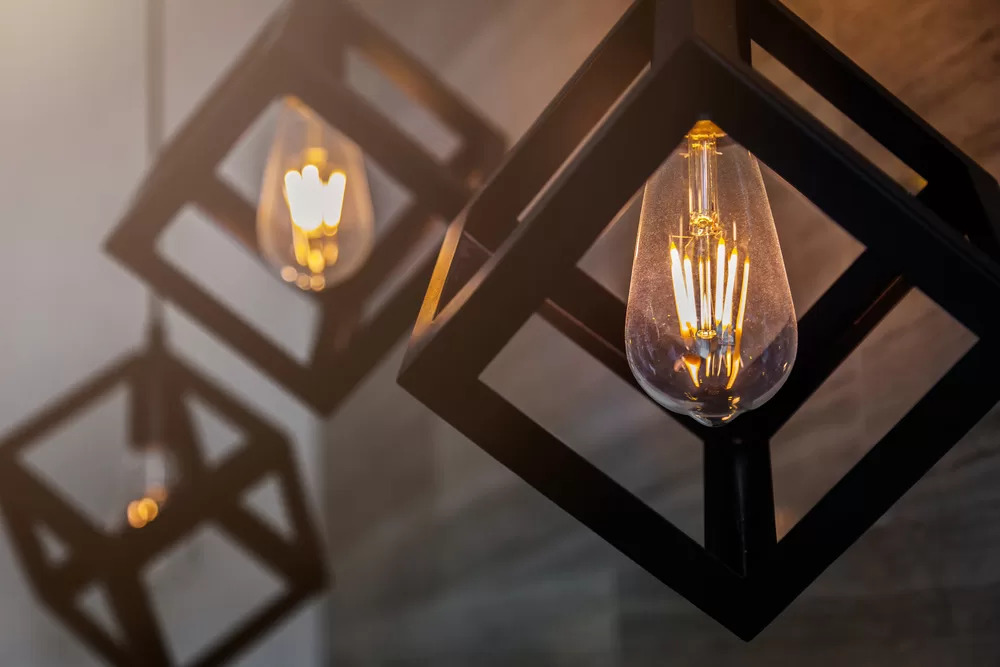When it comes to your home, lighting is one of those essential aspects. It can make or break your house and even your mood. Lighting is crucial to any home; proper lighting can enhance its beauty.

However, when it comes to upgrading your home lighting, there are a few things that you need to consider before making any final decisions.
Here are five considerations that will help you find the proper lighting for your home:
Before making any changes, you’ll also need to consider how much wattage each fitting requires. This will help you determine whether or not you need an electrician’s help with installation or if you can do it yourself.
When checking the amount of wattage, you may contact an electrician in Ipswich. This expert will help you determine what bulbs are needed and what type of fittings to use.
You can also ask them about the best places to install them in your home to ensure they’re efficient and they’ll work well together with other light fittings.
Read Also:
Another thing to consider when upgrading your home lighting is how the new fittings will look. Changing out your lights may not be necessary if they just need a touch-up or update instead of being replaced entirely. This could save you a lot of money in the long run and make for a more straightforward installation process.
You have several options when it comes to upgrading your lighting style. For example, halogen lights offer a brighter light than incandescent bulbs, but they also use more energy and burn hotter (which can pose a fire hazard).
Fluorescent lights are better suited for kitchens, bathrooms, and other places where moisture or steam is present (such as saunas).
Light-emitting diode (LED) lights are another option that uses less energy than traditional bulbs and lasts longer than fluorescent lights. They can be used in more areas of your home without being too bright because they don’t generate heat as incandescent and halogen bulbs do.
LED bulbs also have the added advantage of being environmentally friendly, which means that you’ll be helping to save energy by using them instead of old-fashioned lighting products.
Upgrading your home lighting can be expensive. You’ll want to ensure that the money you spend on new fittings is worth it in the long run. For example, if you’re considering installing LED lights at your Sydney home, you must talk to contact the renowned lighting store Sydney and learn about different lighting solutions and how long they will last.
When determining the cost, consider how much your home needs to be updated and what type of light fittings will work best for your space. For example, say you have a large open floor plan with many windows.
If that’s the case, an outdoor pendant fitting would probably look better than one inside because more natural light is available outside than inside.
If you live in an older home or apartment building with low ceilings (or no center beam), installing recessed lights may be your best option. This is because they will only clash with your architecture as much as other fittings.
Before upgrading your home lighting, ensure that all of your rooms will be safe. This includes turning off any power and ensuring the lights are not hanging on wires that could cause an electrical surge. Ensure you have a grounded circuit breaker and an uninterruptible power supply in case of a power outage.
You should also ensure that there are no hanging wires that can cause electrical disasters such as fires or shocks. If you have lights hanging from your ceiling, ensure they do not touch any wires.
If you need to upgrade your home lighting, make sure you do it safely and with proper precautions to avoid accidents or injuries.
Color temperature is the color of light emitted by a light source. The color temperature of a light source refers to its quality, measured in Kelvin (K). The higher the color temperature, the whiter the light source appears.
Light sources with a higher color temperature have a bluer appearance. You can measure color temperatures using a colorimeter or your hand and feel for heat on your skin.
Consider the number of bulbs in your light fitting when choosing a color temperature. It’s always best to place as many lights in one area as possible to avoid shadows that can make you feel uncomfortable.
Also, you must assess how bright you want your room to appear. If you want your living room to be bright but not too bright, use dimmer switches on lamps or overhead lights, so they only turn on when needed.
You can also use motion sensors so that when someone walks into the room, it turns on automatically without any extra effort on your part.
Choosing the best lighting for a home or business is a challenging task. The number of options and variety of styles seems overwhelming. Still, by focusing on cost, application, and performance, you should be able to narrow down your options and come away with lighting that you’ll love for years to come.
This way, you can rest assured that when the time comes to replace them, you’ll know what to look for and won’t have to worry about the quality of your lighting system.